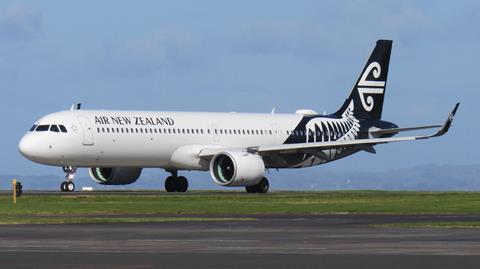Air New Zealand has postponed a planned capital raise by three months, to give it more time “to assess market conditions” amid the coronavirus pandemic.
The carrier now expects to complete its equity capital raise by 30 September, instead of 30 June, as earlier indicated.

The New Zealand government, which earlier disclosed its commitment to remaining the carrier’s majority shareholder after the capital raise, will extend a previously-announced loan facility to support the airline through the fundraising.
The loan facility, also known as the Crown Standby Facility, will be increased by NZ$600 million ($423 million) to NZ$1.5 billion. The facility term has also been extended through September 2023, with interest rates adjusted to reflect market conditions.
The three-month delay in fundraising will allow the Star Alliance carrier “more time to assess the impacts of recent developments on the airline’s path to recovery”.
Air New Zealand, which has drawn down NZ$350 million from the government loan facility, says its current focus is now to manage its cash burn.
The carrier’s chairman Therese Walsh says the carrier has suspended its cash burn guidance, as it takes more time to assess the pandemic’s impact on its outlook.
“We’ve seen some clearing of Covid-19 clouds recently, with the extension of the airfreight capacity scheme, the rollout of the vaccine and the opening of the trans-Tasman bubble on 19 April. These developments are good news and fundamental to Air New Zealand’s return to success, but the storm hasn’t cleared yet,” Walsh says.
She adds that the extension of the loan facility, along with the capital raise, are “vital” to ensuring the carrier “is set up well for the future”.
In February, the carrier reported a pre-tax loss before significant items of NZ$185 million for the pandemic-hit six months ending December 2020. It warned of a “significant loss” for its financial results for the year ending 30 June, amid a “large degree of uncertainty” surrounding demand recovery.


























